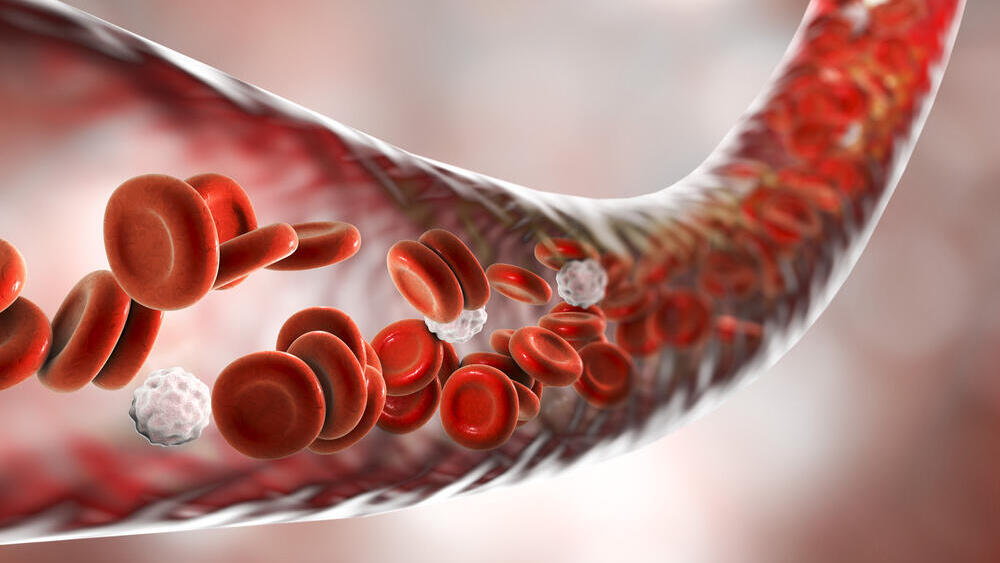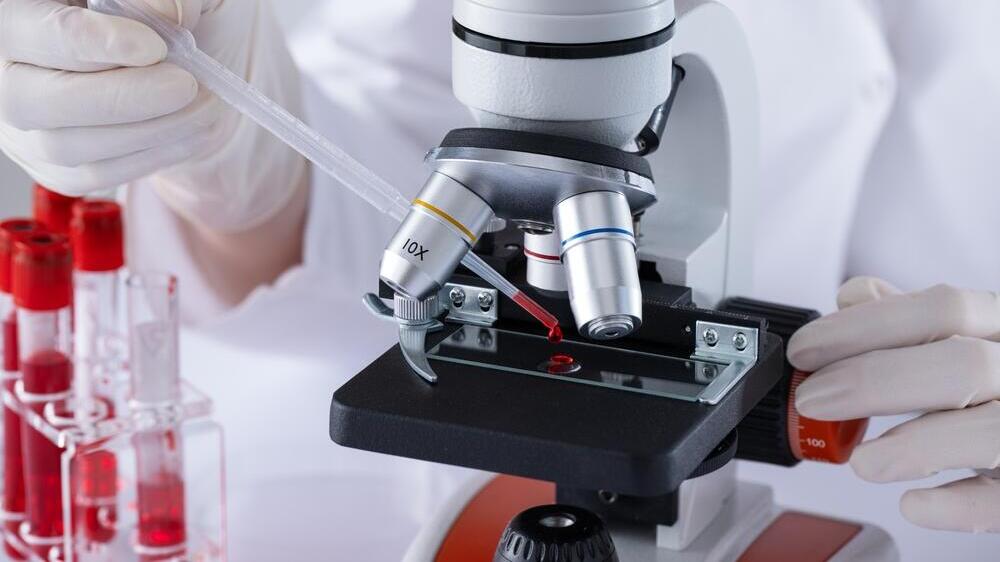In a landmark scientific breakthrough, researchers from Israel and the U.K. have identified a previously unknown blood group system, solving a 50-year-old medical mystery. The findings, recently published in the journal Blood, introduce the MAL blood group system—named after a gene critical to red blood cell function.
The story began in 1972, when doctors were puzzled by a blood sample taken from a pregnant woman. A molecule typically present on nearly all human red blood cells—an antigen—was mysteriously absent. For decades, the biological anomaly remained unsolved.
Now, through advanced genetic sequencing and international collaboration, scientists have discovered that individuals lacking this antigen—called AnWj—carry deletions in both copies of a gene named MAL. Without the MAL gene, the body cannot produce the MAL protein, a tiny but essential molecule that helps stabilize cell membranes and regulate complex internal processes.
One of the leading voices in the research, Dr. Vered Yahalom, head of the Blood Services and Apheresis Unit at Beilinson Hospital and chair of the Israeli Society of Hematology’s transfusion committee, explained that the trail began in 1988. Her lab received a blood sample from an Arab woman from Wadi Ara who had recently given birth to her sixth and seventh children at Emek Medical Center. Her blood reacted with every red blood cell tested, and no compatible transfusion could be found.
 Dr. Vered YahalomPhoto: ISBT
Dr. Vered YahalomPhoto: ISBT“She had antibodies reacting against all rare red blood cells and also responded to all the rare antisera we had,” said Dr. Yahalom. “That raised suspicion of an antibody targeting a very common antigen.” Though the woman had a history of six miscarriages, she had never received a blood transfusion and showed no signs of hemolytic disease in her babies.
A critical clue emerged when her red blood cells did not react with anti-Wj, a known antibody against a high-prevalence antigen. Further analysis confirmed she lacked AnWj—an antigen first documented in 1972 and found in over 99.9% of the population. While not present at birth, AnWj typically appears within three to 46 days after, though the underlying mechanism remains unclear.
People lacking AnWj may develop anti-AnWj antibodies, especially in cases of inherited antigen absence or temporary antigen suppression linked to conditions like lymphoid malignancies, autoimmune diseases, or congenital anemias.
“This woman’s case led to the discovery of the first family in the world with an inherited AnWj-negative blood type,” said Yahalom, a co-author of the study. Over time, more family members across two subsequent generations—mainly from Wadi Ara and the Galilee—were identified as AnWj-negative, all without health issues.
“This is a huge achievement and the result of long-term teamwork,” said Dr. Louise Tilley, a British hematologist with the NHS who studied the anomaly for nearly 20 years. “We’ve finally defined this new blood group system, enabling better diagnoses and treatments for these rare, but important, patients.”
Get the Ynetnews app on your smartphone: Google Play: https://bit.ly/4eJ37pE | Apple App Store: https://bit.ly/3ZL7iNv
To confirm their findings, the team at the International Blood Group Reference Laboratory in Filton, U.K., led by Dr. Tilley, performed whole-exome sequencing on individuals with the AnWj-negative phenotype. Each had homozygous deletions in exons 3 and 4 of the MAL gene, which codes for a tiny membrane protein known as Myelin and Lymphocyte Protein (Mal). This protein helps stabilize cell membranes rich in glycosphingolipids and cholesterol, and guides other proteins within the cell.
By inserting a functional MAL gene into red blood cells missing the AnWj antigen, the researchers were able to restore antigen expression—proving the MAL protein alone is necessary and sufficient for the antigen’s presence. Additional cell culture experiments confirmed the finding, eliminating the possibility of involvement by other proteins like CD44, previously suspected.
The study also revealed that anti-AnWj antibodies interfere with anti-Mal antibodies, indicating both target the same site. This solidified AnWj’s classification as part of a newly recognized blood group system—MAL—formally approved by the International Society of Blood Transfusion (ISBT) in 2024.
Dr. Ariel Aviv, director of hematology at Emek Medical Center, emphasized the dual importance of the discovery. “First, we can now accurately detect MAL protein deficiencies, including through prenatal genetic testing. Second, we gain valuable insight into how red blood cells interact with the immune system. This small protein may have additional roles we’ve yet to uncover,” he said.
 Dr. Ariel AvivPhoto: HaEmek Medical Center
Dr. Ariel AvivPhoto: HaEmek Medical CenterDr. Tim Satchwell, a cell biologist at the University of the West of England, added: “This is a very small protein with unique characteristics, which made it difficult to detect. We had to investigate multiple avenues to collect all the necessary evidence.”
As Yahalom explained, one of the most significant clinical risks is receiving incompatible blood transfusions, which can trigger severe immune responses. “Anti-AnWj antibodies have clear clinical significance—they can cause immediate red blood cell destruction if a mismatched transfusion occurs. However, there’s no evidence they cause hemolytic disease in newborns.”
Distinguishing between hereditary absence and temporary suppression of AnWj is crucial for ensuring safe transfusions and minimizing risks. “That distinction allows precise matching of rare blood units and reduces potential complications in both donations and clinical treatments,” she said.
Beyond immediate medical implications, MAL may play broader biological roles. Previous research suggests it may act as a receptor for pathogens like Haemophilus influenzae and toxins from Clostridium perfringens. Future studies may uncover more about this protein’s function.
“This research highlights the power of international collaboration,” Yahalom concluded. “Not only for identifying rare donors and allocating blood units, but also for deepening our understanding of biological processes that affect not just red blood cells, but the entire human body.”




